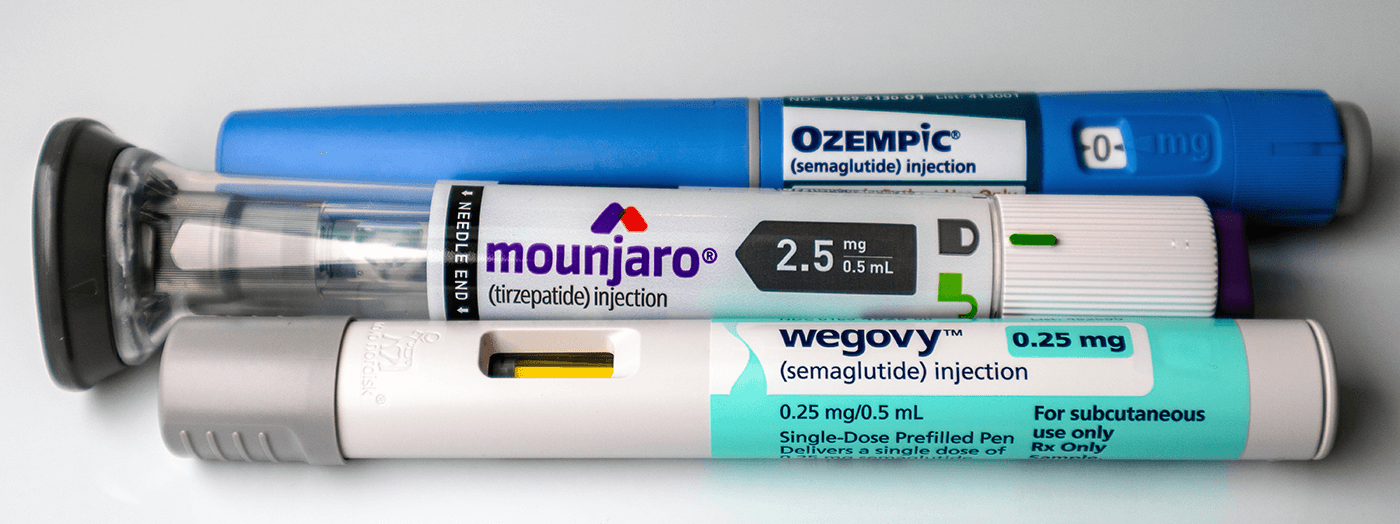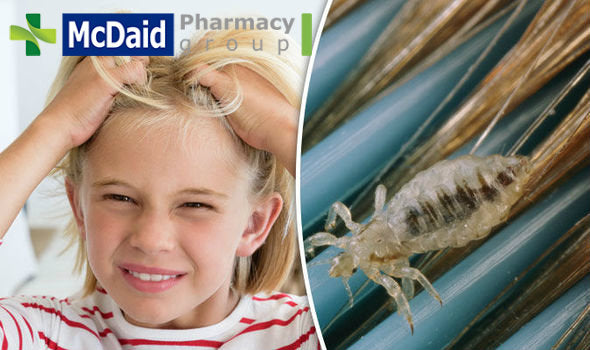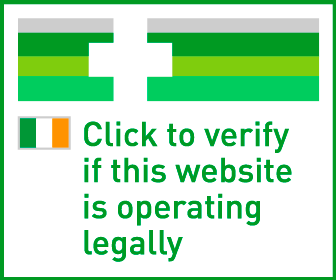Head Lice – Advice from Pharmacists:
Check children’s hair for lice regularly, ideally once a week: Use a wet comb made for the purpose. Combing through wet hair makes the process easier. Good light is important.
- Itching and scratching are common signs of head lice: As well as live lice, which crawl around the head, look out for nits. Nits are tiny eggs that may look like dandruff but cannot be flicked off the hair.
- Check close to the scalp, behind the ears, around the nape of the neck, top of the head and under the fringe.
- Treat the hair only if live lice or unhatched eggs are present: Treat the child as soon as possible. Always ask your pharmacist for advice on the most appropriate treatment to use.
- Inform the school, contacts and friends when your child has head lice: The school can then inform other parents that there is an outbreak, so everyone can check and treat their own children.
- Always follow the instructions on the treatment pack, and any advice given by your pharmacist: Products used to treat head lice do not prevent the infestation from occurring and should never be used “just in case”.
Head Lice – what are they?
Humans can act as hosts to three species of louse; pediculousis capitis (head lice), pediculousis corporis (body lice) and pediculousis pubis (pubic lice). We will be discussing head lice in this feature. Head lice are tiny wingless grey-brown insects around 3mm long (fully grown). The lice infest the scalp from close contact with an infected person and then attach themselves to the base of the hair to feed on blood from the scalp. Eggs are laid close to the root of the hair and are stuck by a cement-like substance by the female louse, around 7- 10 days later the eggs will hatch lice and the empty eggshell (known as nits) remains. A female can lay around 10 eggs per day.
Symptoms and Diagnosis
It’s very easy for head lice to go unnoticed as there are very few symptoms. Symptoms may include;
- itchy scalp or irritation in the scalp
- rash on the neck
- nits/eggs visible behind the ear
- feeling of something moving in the hair
As a general rule, only treat if you see!
the drugs used to treat lice infestation are insecticides and if misused or overused can lead to increasing the chance of lice becoming resistant to treatments .based on this then a detection of an actual head-lice infestation is required before giving any medical treatment. Given that the lice are very small, diagnosis can be difficult. Diagnosis is best made by using a detection comb, a special fine toothed comb with a tooth-spacing small enough to trap even the smallest lice. This detection works best in wet hair but can also be done on dry hair if required.
Infection from head lice most commonly occurs between ages 4- 11 (school age). You will all have seen the day where come 4 o’clock there is a flash demand of head lice treatment due to a school notice. It’s important to remind parents if possible to treat all on the same night to maximise effectiveness of treatment and prevent any misses.
Treatment options
Head lice treatment falls into three main categories
Pesticide treatments-
permethrin (lyclear creme rinse 1%) is a very effective treatment which can be used from six months, suitable for asthmatics and working in 10 minutes. Malathion (Prioderm lotion 5%, which is an unlicensed product available in Ireland). prioderm lotion is rubbed into dry hair and left for 10 -12 hours then shampooed out, it is not suitable for asthmatics and has been noted to cause wheezing in such cases. Both these options work by poisoning the lice, however lice are becoming increasingly resistant to these pesticides in part to their overuse, they should not be recommended as first line treatment.
Non- pesticide treatments-
lyclear treatment is an insecticide treatment containing dimethicone 4% lotion or spray, which acts using a double action formula to suffocate and dehydrate the lice. It is applied to the scalp and left for 8 hours (usually overnight). Hedrin also contains dimethicone 4% spray gel and an extra ingredient, penetrol, which boosts the egg kill rate and shortens kill time to 15 minutes.
Full marks solution contains isopropyl myristate and cyclomethicone solution which is applied to the scalp and left for 10 minutes. It’s a low odour – toxin free and contains no traditional pesticides, suitable for children 2 years and over. These products are a better first line treatment as they are effective, suitable for asthmatics and do not lead to resistance.
Alternative treatments-
Wet combing method is used to remove lice without the help of chemical treatments; it should be performed every three days for at least two weeks once an infestation has been noted. It is not as fast as other treatments but if done correctly can be just as effective at clearing an infestation
Method-
- wash hair with ordinary shampoo, when hair is still wet massage in conditioner or vegetable oil
- comb hair until tangle free then use fine toothed comb to start detection
- start each stroke at the scalp, making sure comb is in contact with scalp and work outwards
- check for lice after each stroke and wipe away
- continue until all lice are cleared (usually 30 minutes per session)
- do at least three sessions with no lice present before stopping
Prevention better than cure
Prevention can be difficult in a head lice outbreak but nonetheless is well worthwhile. lyclear head lice repellent is a useful leave-in spray that has been scientifically proven to provide protection against head lice, it can be used on a daily basis and can be used from 12 months. hedrin protect and go, a water-based conditioner containing activdiol, is also clinically proven, disrupts the life cycle of the bug by causing dehydration and so prevents an infestation. Tea Tree oil has also been recently marketed as a prevention shampoo for head-lice, however there is very little evidence to support this.
Myth buster!
- poor hygiene does not cause head lice- these indiscriminate little guys don’t mind if your scalp is clean or dirty, they just want a warm home and some food, so either will suffice.
- pets do not spread lice- head lice are specific to humans and are not spread from pets to humans or vice versa
- lice cannot jump from person to person – they move from head to head contact by climbing along the hair, and actually recently the increased use of “selfies” has been blamed for heads coming close enough for lice to jump more frequently
- going swimming will not kill head lice- they can’t swim but they are stuck to your hair by a cement like glue which means they are holding on for the water splash
- shaving your head is not the best way to get rid of head lice
Did i do something wrong?
The following are several common reasons why treatment for head lice may not have the desired outcome:
- Not following the instructions as printed on the package i.e. not enough solution used per head and also re-treatment at too early of a stage can cause failure of the treatment.
- Resistance of the head lice to the treatment used. The head lice may have become resistant to the treatment. If the treatment used does not kill the head lice a different product with an alternative mode of action may be required.
- Re-infestation. The person was treated successfully and the lice were eliminated, but then they have come into contact with another child who is also infected.
- incorrect comb/damaged comb being used for wet combing
New products
Leeloop is a revolutionary hairband protecting children from lice contamination extremely easily and safely. Thanks to an innovative process that seals in our 100% natural formula (the PhytoClear Complex), Leeloop hairband emits a scent that kids love… and lice hate.
Vee – comb
The V-Comb is an electrical device that eliminates head lice and eggs with the ease of combing. Simple and user-friendly, the V-Comb is a robust, allergy-free treatment.
https://www.mcdaidpharmacy.ie/product-category/medicines/other-conditions/headlice/




